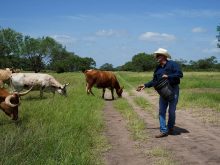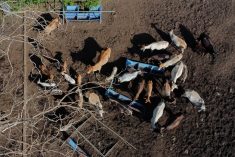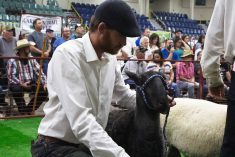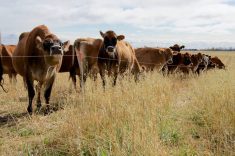Alberta bison producers were shocked to learn they must now test their bison for brucellosis and bovine tuberculosis before the animals will be allowed to graze on public leases.
Ed Mierzewski of Hines Creek, Alta., has been grazing bison on his 2,240 acres of forest and grazing lease land for 15 years. He doesn’t understand the sudden need to reintroduce expensive and difficult testing when there has been no outbreak of the diseases in bison or cattle.
“Why are they requiring this onerous condition on bison? I don’t think the disease susceptibility of bison is any different than cattle,” said Mierzewski, who learned of the changes to his grazing contract with Alberta’s Sustainable Resource Development at the beginning of February.
Read Also
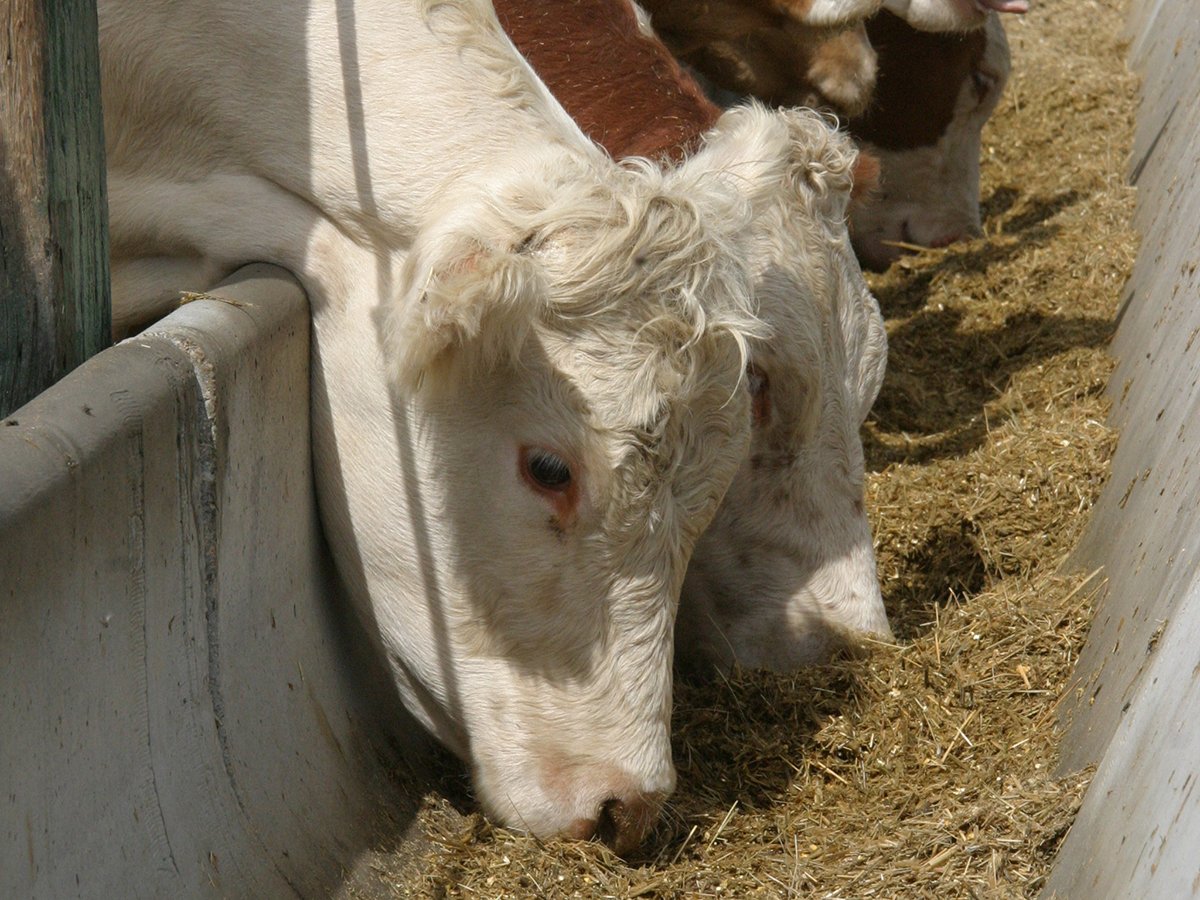
Alberta cattle loan guarantee program gets 50 per cent increase
Alberta government comes to aid of beef industry with 50 per cent increase to loan guarantee program to help producers.
“To keep the playing field level, all the beef people with grazing leases should also require testing. It’s the same risk factors,” he said.
It will be expensive to have a veterinarian test the bison in his family’s 180-cow herd every two years, and there’s also an increased risk the cows will abort if they are put through the handling facilities before calving, he said.
The test for bovine tuberculosis requires animals to be handled twice, once for a veterinarian to administer the intradermal injection and again three days later to read the skin reaction. The brucellosis test requires a blood sample from each animal to be tested in an accredited lab.
Matt Boake of Bonanza, Alta., said he would fence the 200 acres of grazing lease before he subjected his bison to the rigorous testing now required for all animals over one year old.
“Something sure is wrong here. I have no idea where this came from,” said Boake, who has been grazing bison on the public lease for 25 years.
Roland Eben-Ebenau, chair of the Bison Producers of Alberta, said he doesn’t understand how the testing requirement became part of the regulations, especially since it is no longer required by the Canadian Food Inspection Agency.
“It’s onerous, expensive and totally unnecessary. There’s no hidden disease problem,” he said.
About 25 to 30 bison producers have been allowed to graze their bison on public land. Last October, legislation was changed to allow bison to graze on public lands throughout the province, except in northern Alberta, where bison in Wood Buffalo National Park have tuberculosis and brucellosis.
With the new flexibility to allow bison to graze on most public lands came the requirement the animals be tested for TB and brucellosis.
Eben-Ebenau said the bison industry is continually battling a perception that all bison are diseased because of the problem in the national park.
“The domestic bison herd is as clean or cleaner than beef,” said Eben-Ebenau. Random blood samples are taken from both cattle and bison at slaughter plants to test for brucellosis.
Doug Horner, Alberta’s agriculture minister, said the new requirement has an element of surveillance.
“We want to determine what the prevalence is (of TB and brucellosis) and SRD is the lead agency on those grazing leases. There has always been a concern with some of the herds that are up in the parks and those areas. I think it’s an issue of ‘let’s find out where we’re at in this whole situation.’ ”
Gerald Hauer, assistant provincial veterinarian with Alberta Agriculture, said he believes if a committee approached sustainable resource development officials, they would be receptive to the idea of removing the testing requirement. However, it would still have to go through the proper government channels.



